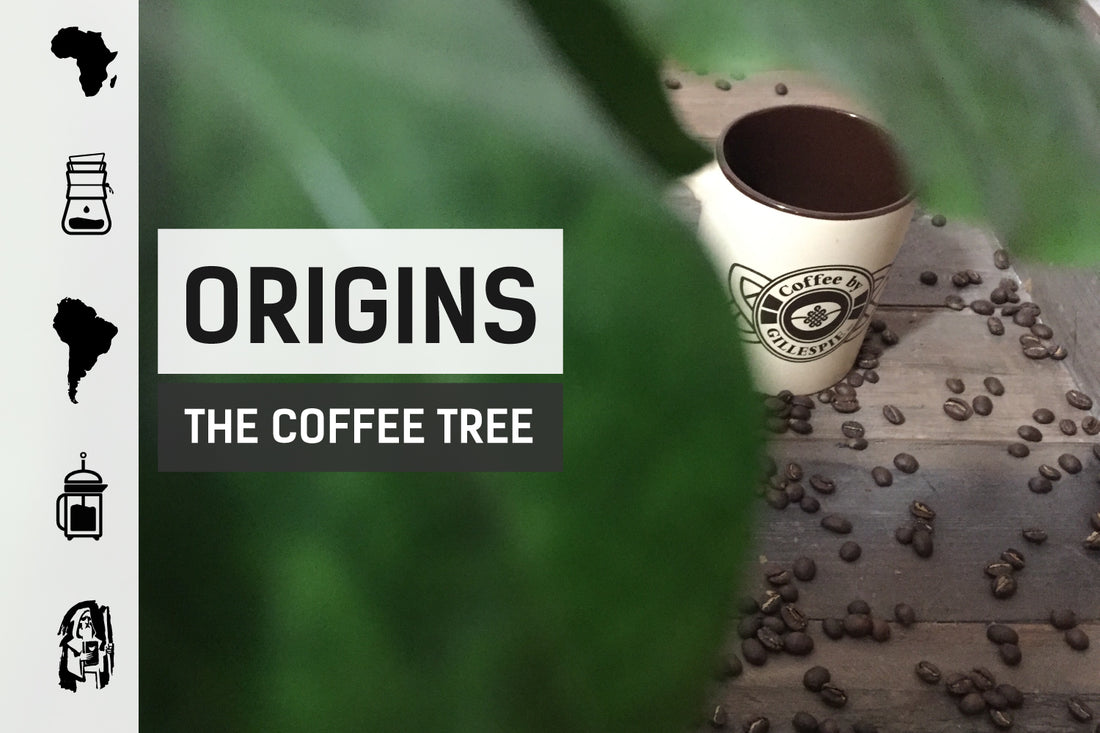It’s that time of year again. Plants begin to emerge and resurrect from the soil of the earth. Buds start forming on trees. Spring announces its arrival as a multitude of colors and shapes sprout from the ground.
Perennials come back to life as green sprouts appear and they begin to bloom. These plants remain throughout the year but actively grow and flower in their season. You may be familiar with some perennials such as lavender, ferns, and lilies. But, how familiar are you with the perennial Coffea?
Coffee trees, or Coffea, bloom with beautiful white flowers. The coffee tree is a self -pollinating plant meaning the flowers are not dependent on bees to pollinate. Coffee cherries begin to appear and grow after the white flowers have died. Inside this fruit produced by the coffee tree are what we often refer to as coffee beans.
When you hear the words ‘green bean’ and ‘cherry’ the first images that come to mind are probably not that of the fruit of a coffee tree. The coffee cherry is a small round fruit which appears green at first and has a red cherry-like color when ripe. These cherries are picked during the harvest season for the coffee farm. Inside these bright red fruits are what coffee growers refer to as green beans. Coffee by Gillespie fearlessly roasts these beans to perfection for your morning brew.
Coffea Arabica and Coffea Robusta are two types of perennial species under the Coffea Genus. The Coffea Genus falls under the Rubiecia family which also includes plants such as gardenias. The two main differences between Arabica and Robusta plants are the caffeine and sugar content within the beans. Arabica contains more than double the sugar content of Robusta, while Robusta claims twice as much caffeine as Arabica.
Within these two species are a diversity of coffee tree varieties. A variety of a species of coffee, such as Coffea Arabica, can be registered and legally protected. Types of coffee trees not only can adapt to the specific climate in which they grow, but their traits and biological makeup also lend to a varied taste or flavor notes.
So, what kind of coffee are you drinking this morning? Check out your bag of single origin coffee from Coffee by Gillespie, and you will notice the region and farm which your beans call home. You will also taste and smell the varietal which is the variety of the coffee plant.
If you’d like to learn more about coffee botany and how coffee beans start from seed and make their way to your morning mug, check out podcasts such as Coffee Botany 101 from the Specialty Coffee Association. While you’re learning about the beans and how they are cultivated and grown, grab a Fearless Flight and let your taste buds discover the multitude of notes from different coffee varieties.



1 comment
Muchas gracias. ?Como puedo iniciar sesion?